Description
Article Title Options:
Neopentyl Glycol: The Unsung Hero of Coatings and More
Beyond the Bottle: Delving into the Versatile World of Neopentyl Glycol
Neopentyl Glycol: A Deep Dive into its Properties, Uses, and Importance
Here’s the article draft using “Neopentyl Glycol: The Unsung Hero of Coatings and More” as the title:
Neopentyl Glycol: The Unsung Hero of Coatings and More
You might not recognize the name, but chances are you interact with products made with neopentyl glycol (NPG) daily. This unassuming chemical compound plays a vital role in a surprisingly wide range of applications, lending its unique properties to make everyday materials more durable, functional, and beautiful. While it’s not a household name, NPG is a crucial ingredient in industries ranging from paints and plastics to lubricants and pharmaceuticals. So, what exactly is neopentyl glycol, and why is it so important?
The Science Behind the Compound
Neopentyl glycol is a diol, a type of alcohol containing two hydroxyl (-OH) groups. Its chemical formula is C5H12O2, and its IUPAC name is 2,2-dimethyl-1,3-propanediol. What sets NPG apart from other diols is its unique structure. The presence of the two methyl groups on the central carbon atom creates a bulky, sterically hindered structure. This structural feature imparts several crucial properties to materials that incorporate NPG:
Improved Stability: The bulky structure makes NPG highly stable and resistant to degradation due to factors like heat and UV light. This leads to products with extended lifespans and better performance in harsh environments.
Enhanced Hardness and Flexibility: NPG-based materials often exhibit a good balance of hardness and flexibility, making them durable and less prone to cracking.
Water Resistance: The structure of NPG contributes to improved water resistance in many applications, making it suitable for outdoor and high-moisture environments.
A Versatile Player in Numerous Industries
NPG’s unusual properties make it a highly versatile ingredient. Here are some of its key applications:
Coatings and Paints: This is where NPG shines the brightest. It’s a critical component in polyester and alkyd resins, which are used in a wide variety of coatings and paints. NPG imparts exceptional gloss, durability, and resistance to weathering, making it ideal for automotive finishes, industrial coatings, architectural paints, and wood varnishes.
Powder Coatings: NPG is essential in the production of powder coatings, which are known for their high durability, eco-friendliness, and ability to create a uniform finish. These coatings are used on appliances, furniture, and automobile parts.
Plastics: NPG is used as a building block in making plasticizers, which increase the flexibility and durability of various plastics. It also finds applications in the production of polyurethanes, which are widely used in foams, adhesives, and elastomers.
Lubricants: NPG-based esters are used as high-performance synthetic lubricants in various applications, including refrigeration and aerospace, thanks to their excellent high-temperature stability and lubricity.
Pharmaceuticals: NPG finds niche applications in the pharmaceutical industry as an intermediate in the production of various drugs. It plays a vital role in the synthesis of certain APIs (Active Pharmaceutical Ingredients).
Other Applications: NPG also finds use in the production of printing inks, textiles, and even cosmetics, further highlighting its diverse industrial applicability.
Looking to the Future
As demand for high-performance and sustainable materials continues to grow, neopentyl glycol will likely play an increasingly important role. Ongoing research and development efforts are exploring new ways to harness its unique properties in innovative applications. The development of bio-based NPG production methods is also a promising avenue for the future, reflecting the industry’s commitment to sustainability.
Conclusion
Neopentyl glycol might not be a widely recognized name, but it’s a critical chemical building block that subtly enhances the quality and performance of countless products we use every day. From the vibrant paint on your car to the resilient finish on your furniture, NPG is the silent workhorse behind the scenes, showcasing the power and importance of chemistry in the world around us. So next time you admire a lustrous finish or a remarkably durable product, remember the unsung hero: neopentyl glycol.

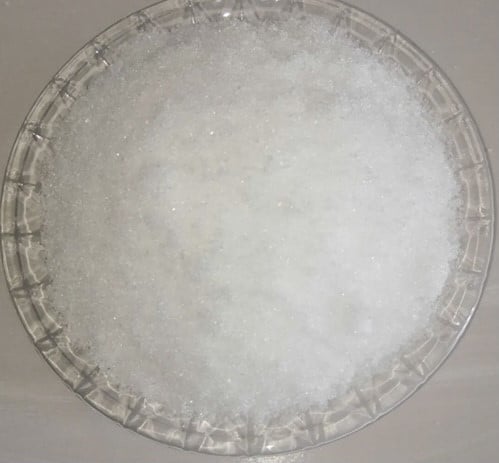

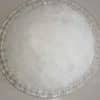

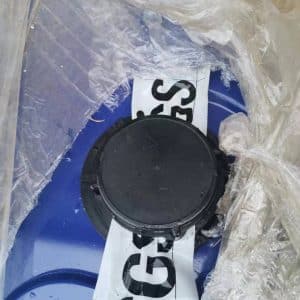
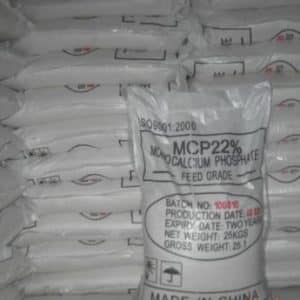
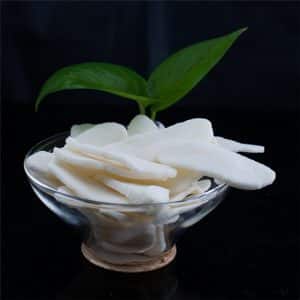
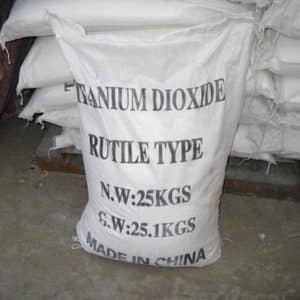

Reviews
There are no reviews yet.